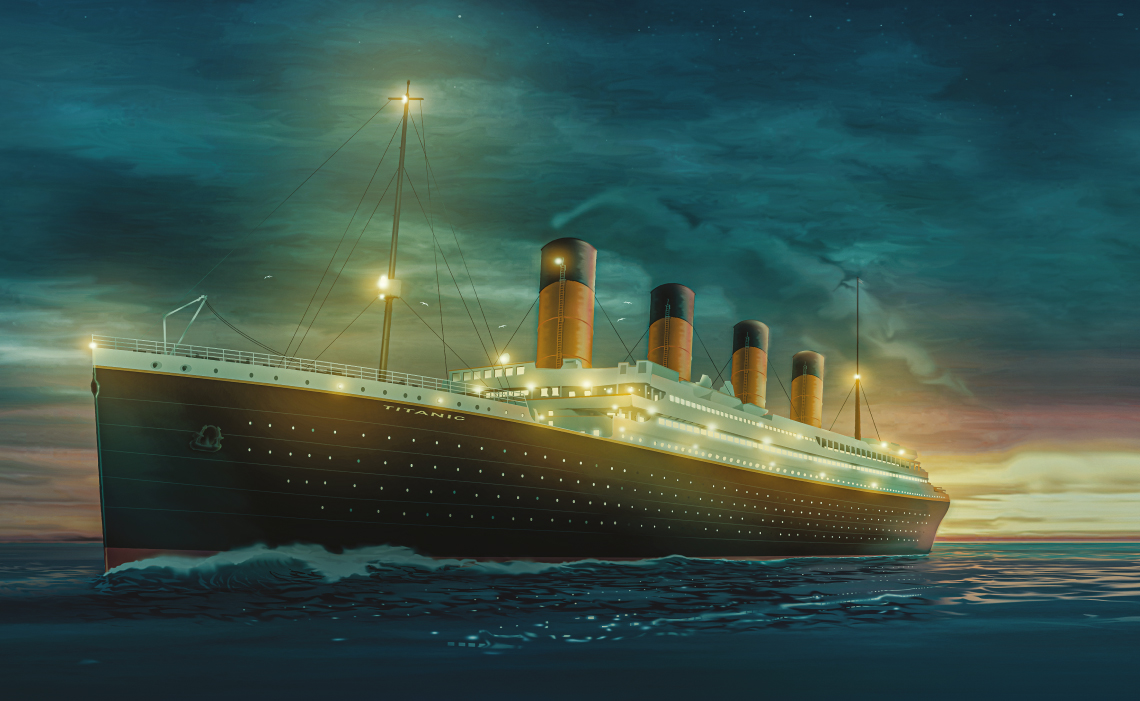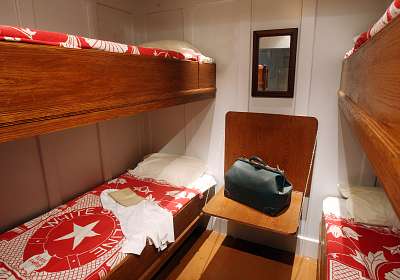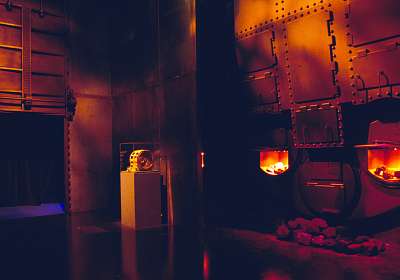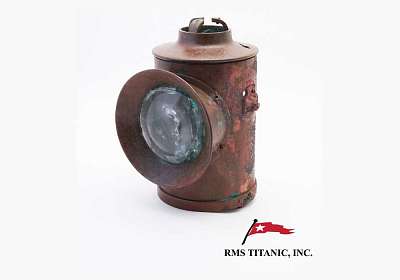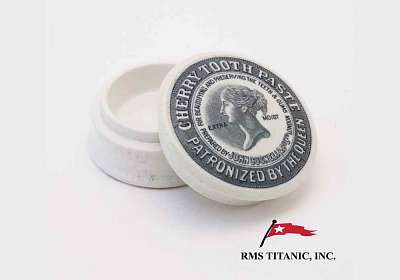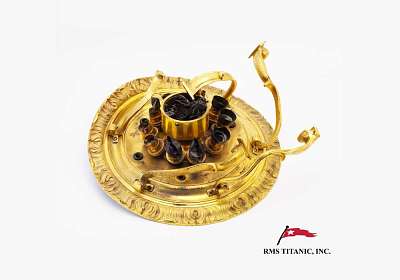- 26 Feb 2024
- 3 minutes read
On April 10, 1912, RMS Titanic set sail on its maiden voyage from Southampton, England. Titanic - the most luxurious and technologically advanced ship of the time - collided with an iceberg on April 14, 1912, at 11:40 a.m., and sank 2 hours and 40 minutes later on 15 April, resulting in the loss of almost 1.500 lives. More than a century later, Brussels pays tribute to this tragedy, which still resonates today in the collective memory, by presenting "Titanic: The Artifact Exhibition".
This family-friendly, educational exhibition focuses on the powerful stories of the men and women aboard the legendary RMS Titanic, told through more than 260 moving artifacts and numerous reconstructions of the ship's cabins and iconic locations.
Upon entering, visitors are immediately transported back to 1912, each receiving a replica of a boarding pass like those carried by the Titanic's passengers. Then begins a journey back in time to discover the history of the Titanic, from its construction to life on board, including its sinking and the mission to recover objects from the ocean floor. You'll discover the chronology of these missions, which led to the recovery of the artifacts and the preservation of the wreck site for scientific analysis, historical preservation and remembrance for future generations.
The highlights of the exhibition include more than 260 real objects recovered during dives co-led by the late Paul Henri Nargeolet, Director of Underwater Research for RMS Titanic, Inc., and his team, in an exhibition covering approximately 2.000 square meters
Titanic: The Artifact Exhibition opens its doors from Friday, 15 March, at Tour & Taxis, Brussels. Tickets are available from now.
Visitors can admire the following objects in the exhibition, among others:
Docking Lamp
It is likely that this two-bulb docking lamp was attached to the mast used as a location light for docking. The top vent prevented excessive heat build-up from the light bulbs.
Toothpaste Jar
In the early 1900s, toothpaste was commonly sold in small pots. Over a dozen of these toothpaste jars have been recovered from the wreck site. The large number of jars and their small capacity suggests that the White Star Line may have provided this brand to passengers travelling onboard Titanic as a complimentary toiletry item.
Chandelier
The gilded chandelier is one of several that hung in Titanic’s exclusive à la carte Restaurant. Chandeliers hung rigidly from the ceiling to make the gentle sway of the Ship less noticeable to diners.
